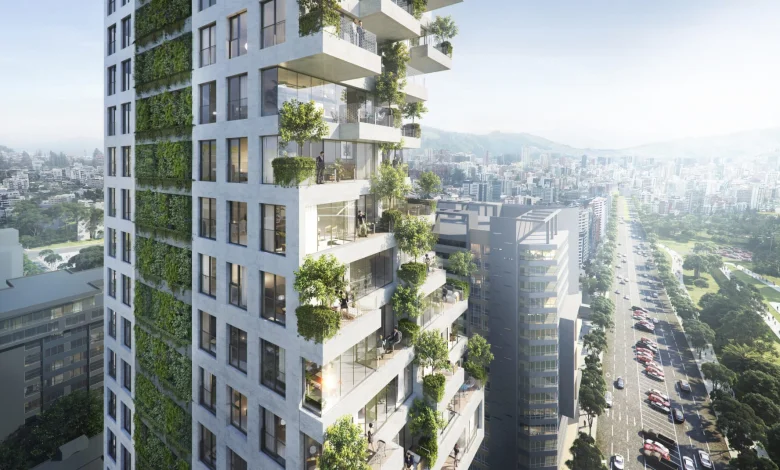With Covid-19 causing delays in construction schedules and project openings, compiling CNN’s annual architecture lookahead has become a tricky business. Indeed, several entries in last year’s list (and even 2020’s) are yet to officially open their doors.
Regardless, the coming year promises — for now, at least — a slew of hotly anticipated new buildings, from Africa’s tallest skyscraper to a futuristic water bottling factory in Italy.
Notable for their design, potential cultural impact or the conversations they are likely to generate, here are nine architecture projects to look forward to.
Sydney Modern Project, Sydney, Australia

Perched above Sydney Harbour, the 19th-century Art Gallery of New South Wales is being reimagined as a series of stepped pavilions that mimic the surrounding landscape.
Dubbed Sydney Modern Project, the $250 million plan involves renovating the original building and creating an entirely new structure that will almost double the total exhibition area. The resulting new spaces include a gallery dedicated to Aboriginal and Torres Strait Islander art and another built into a decommissioned World War II naval oil tank.
The development marks an Australian debut for SANAA, the firm founded by Pritzker Prize-winning Japanese architects Kazuyo Sejima and Ryue Nishizawa. Their vision for the gallery includes a variety of public spaces, including an “art garden” and a plaza linking the old and new buildings. What’s more, the museum says that once the project completes later this year, there will be 70% more trees planted on the site.
San Pellegrino Flagship Factory, Bergamo, Italy

In 2017, Danish architecture firm Bjarke Ingels Group (BIG) won a design competition to renovate and expand the headquarters of Italian mineral water brand San Pellegrino. Nestled between the Brembo river and San Pellegrino Terme, the Italian town from which the company derives its name, the $102 million project’s contemporary arched design has seen it dubbed “Factory of the Future.”
Envisaged as both a bottling plant and visitor attraction, BIG’s serene design incorporates elements of classical Italian architecture, including arcades, porticos and a spacious piazza for staff and guests. A series of internal archways produce spaces of varying sizes, while opening up views of the surrounding valley. A “landmark” pillar, made from different strata of rock, will represent the mineral water’s journey from mountain to bottle.
Qorner Tower, Quito, Ecuador

Plant-covered high-rises — or “garden skyscrapers,” as they’re often known — have become an increasingly common sight in Europe since the completion of Milan’s Vertical Forest in 2014. And the phenomenon continues to gain traction around the world.
One of the latest examples, Qorner Tower, is to open in the Ecuadorian capital Quito later this year. Designed by Israeli-born architect Moshe Safdie’s eponymous firm, a Jenga tower-like configuration helps create stacked terraces for trees and plants across two of the tower’s faces. The north-facing facade will meanwhile feature a huge “living wall” populated with native plant species.
Square windows give the building Safdie’s characteristically pixelated appearance. And at 24 stories high, the tower will be among the tallest in the South American city — a fact that won’t be lost on residents using the tree-lined infinity pool on its roof.

